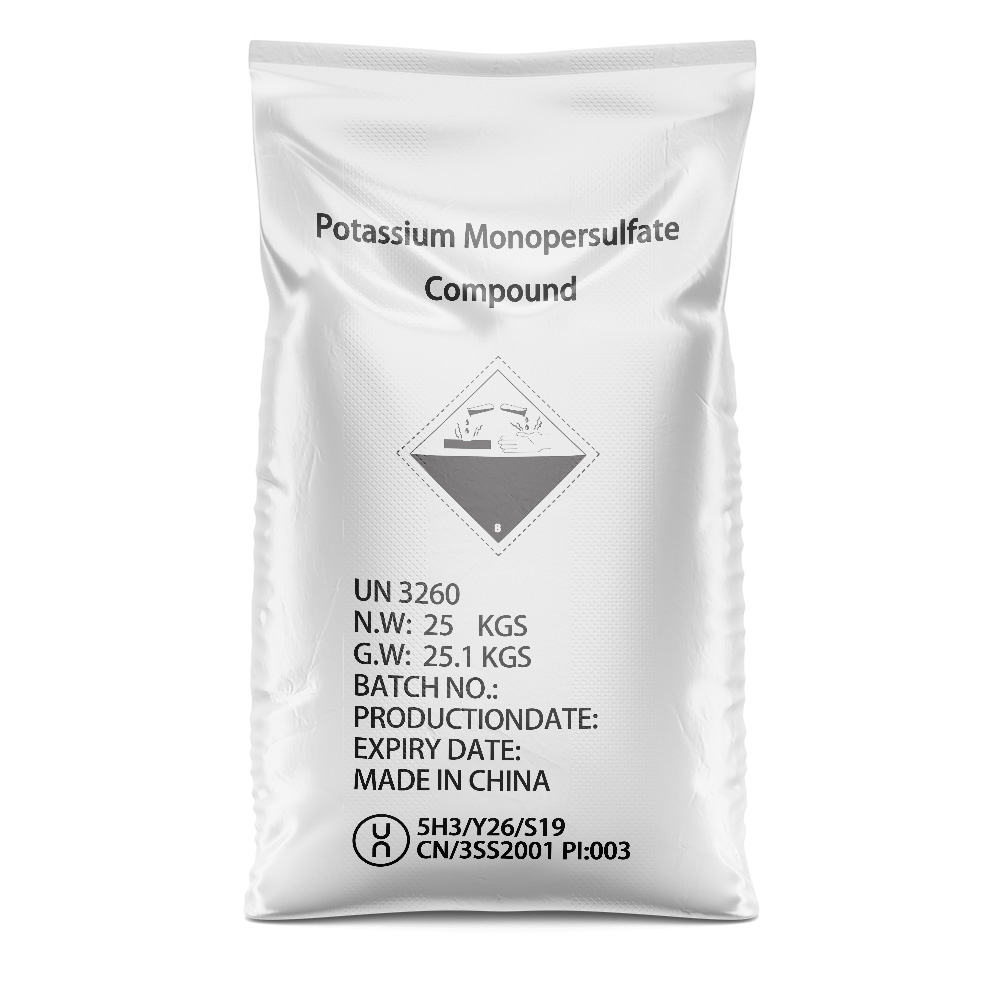



paint chemicals and their functions
Paint Chemicals and Their Functions
Paint is an essential material widely used in various applications, including residential, commercial, and industrial settings. It serves not only as a decorative element but also as a protective coating that enhances the durability of surfaces. Understanding the chemicals involved in paint formulation is crucial for selecting the right type for any project. Each chemical component plays a specific role that contributes to the overall performance of the paint.
One of the primary components of paint is the pigment
. Pigments are finely ground solid particles that provide color and opacity to the paint. They can be natural or synthetic and are often chosen for their lightfastness and resistance to fading. A well-selected pigment enhances the visual appeal and contributes to the longevity of the paint.Binders, or resins, are another critical component. They serve as the adhesive element that holds the pigment particles together and allows the paint to adhere to the surface. Different types of binders, such as acrylic, alkyd, and epoxy, impart various properties to the paint. For example, acrylic binders provide flexibility and UV resistance, making them suitable for exterior applications, while epoxy binders offer excellent adhesion and chemical resistance, making them ideal for industrial settings.
paint chemicals and their functions

Solvents are used in paint formulations to dissolve the binder and create a workable consistency. They facilitate application by reducing the viscosity of the paint, allowing it to spread easily. Water is a common solvent in latex paints, while organic solvents like mineral spirits are used in oil-based paints. The choice of solvent affects the drying time, odor, and environmental impact of the paint. Modern developments have led to low-VOC (volatile organic compounds) formulations that minimize harmful emissions.
Additives are another vital component of paint. These include a range of chemicals that enhance specific properties such as flow, durability, and mildew resistance. For instance, surfactants improve wetting and leveling, ensuring that the paint spreads evenly and adheres smoothly. Biocides are added to prevent microbial growth, extending the life of the paint film.
In recent years, there has been increasing interest in eco-friendly paints that utilize fewer harmful chemicals. Many manufacturers are now producing paints with natural pigments and biodegradable binders, reflecting a growing awareness of environmental sustainability.
In conclusion, the chemistry behind paint is complex, with various components working together to create a product that meets aesthetic and functional requirements. By understanding the function of each chemical in paint formulations, consumers can make informed choices that best suit their projects, ensuring lasting beauty and protection.
-
Why Sodium Persulfate Is Everywhere NowNewsJul.07,2025
-
Why Polyacrylamide Is in High DemandNewsJul.07,2025
-
Understanding Paint Chemicals and Their ApplicationsNewsJul.07,2025
-
Smart Use Of Mining ChemicalsNewsJul.07,2025
-
Practical Uses of Potassium MonopersulfateNewsJul.07,2025
-
Agrochemicals In Real FarmingNewsJul.07,2025
-
Sodium Chlorite Hot UsesNewsJul.01,2025










